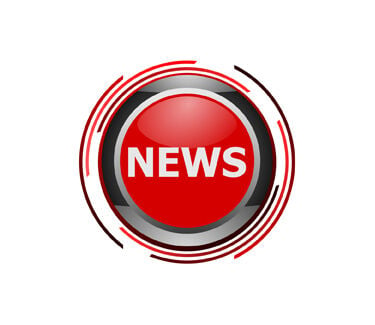While it’s difficult to predict with accuracy the pace of the COVID-19 ad recovery, senior executives at iHeartMedia said Thursday that their business is on track to return to 2019 performance levels by the end of 2021.
“We continue to see pent-up consumer demand across the country and we expect that the vaccine rollout and the easing of restrictions on businesses and consumers will set the stage for a rapid economic bounce-back and we believe that radio advertising will benefit materially from this,” CEO Bob Pittman said Thursday.
As the company logged another quarter of sequential growth from the second quarter 2020 pandemic trough, Pittman said the unfolding recovery “validates the value of our multiplatform product and revenue strategy, our unique scale and the cost discipline we executed in 2020 and investments we have made in our new growth areas,” such as podcasting and ad tech.
In 2020, Pitman said iHeart was defined by adaptation, innovation and intense focus. “We responded quickly to the downturn and used this to speed our adoption of new technologies and best practices, making lasting changes to our company’s operating structure,” he told investors during the company’s fourth quarter and full year 2020 financial results call. The company moved quickly to develop new products and services and provide guidance to help advertisers connect with their consumers and tailor their message for a world turned upside down by the pandemic .That helped iHeart “mitigate some of the advertising downturn” and keep its fast growing digital business on track, Pittman explained.
Q4 Revenues Up 26% Compared To Q3
Despite COVID headwinds, fourth quarter revenues totaled $936 million, which although an 8.8% decline from a year earlier, was less than half the 22% drop reported during the third quarter, and far from a 47% decline in second quarter, when the biggest impact of the ad pullback was experienced across all radio groups. Q4 revenues were up 26% compared to Q3.
Investors liked what they heard, driving iHeart stock up nine percent in afterhours trading on Thursday.
Record high political ad spending played a major role in the Q4 turnaround as the company benefitted from its best year on record for political, totaling $168 million in 2020, up 81% compared to the last presidential cycle in 2016. Excluding political spending, Q4 revenues were down 17%.
In fourth quarter, iHeart’s broadcast revenue was down 19% (-26% minus political). Pittman said broadcast revenues have continued to recover as the overall economy improves. The company’s networks business continued to be negatively impacted by the pandemic, sliding 16% year-over-year. But the company is seeing signs of improvement there, too. Revenue at Premiere Radio Networks dipped only 5% compared to 2019.
The company was forced to postpone or cancel all in-person events following the virus outbreak. To make up for some of the lost sponsorship revenue, iHeart transitioned to virtual events. That saved about half of the category’s Q4 revenue as sponsorship and event dollars decreased by 52%. Pittman said the company intends to keep some virtual events going as part of its events lineup “because they’re both profitable and drive high engagement” across social media and other platforms.
Digital continued its accelerated growth trajectory in the last three months of 2020, up 53% year over year. That includes podcasting where revenues doubled. Even without podcasting, digital still grew 42%.
In January 2021, revenues were down 15% year over year or -12% when adjusted for the lack of live events. The company cut operating costs by roughly $250 million in 2020, including $50 million from “modernization” efforts enacted before the virus outbreak, and $200 million from cost cuts in response to the COVID-triggered advertising downturn.
As listening to broadcast radio in the car slowly returned to more normal pre-COVID levels in 2020, Pittman said digital listening has remained at the higher level it moved to during the pandemic as consumers listened more on digital devices while sheltering at home.

